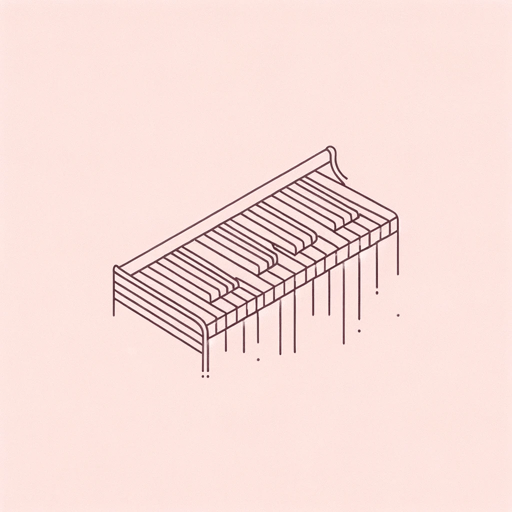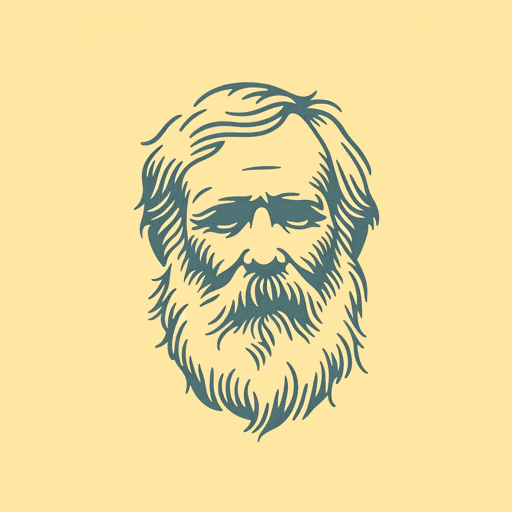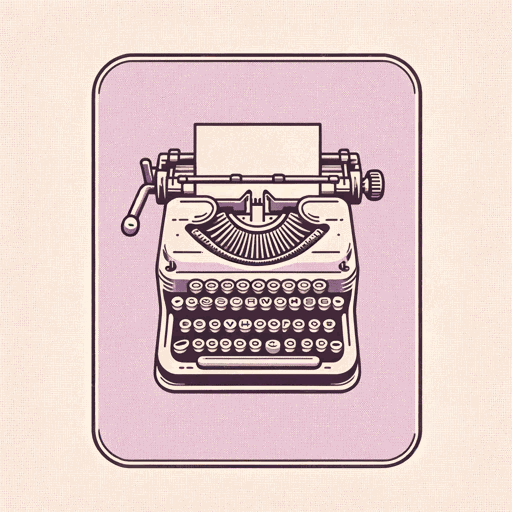20 pages • 40 minutes read
Allen GinsbergTo Aunt Rose
Fiction | Poem | Adult | Published in 1959A modern alternative to SparkNotes and CliffsNotes, SuperSummary offers high-quality Study Guides with detailed chapter summaries and analysis of major themes, characters, and more.
Literary Devices
Form and Meter
Ginsberg writes in a free verse style with no set rhyme scheme and no consistent meter. The poem contains six stanzas that contain a variety of lines ranging from three to seventeen lines each. The free verse style gives the reader the impression of natural speech, which works well for a poem that explores the intimate relationship Ginsberg had with his aunt, while approximating the way memories naturally come and go from the mind.
Alliteration, Rhythm, and Rhyme
In contrast to this unstructured style, the poem has plenty of internal rhymes, examples of alliteration, and certainly moments of singsong and rising/falling rhythms scattered throughout the lines. Ginsberg focuses on s sounds, and in some places they dominate the poem. For example, the beginning of the second stanza relies heavily on the repetition: “your long sad face / your tears of sexual frustration / (what smothered sobs and bony hips / under the pillows of Osborne Terrace)” (Lines 18-21). Ginsberg uses a lot of these subtle moments of alliteration to give his phrases and lines some musical qualities. A particularly subtle and effective phrase, for example, is “pale skull protruding under ashen skin” (Line 50), which relies on hard, repeated p sounds along with the soft, breathy sh/sk sound repeated in “ashen skin” (Line 50).
Related Titles
By Allen Ginsberg




